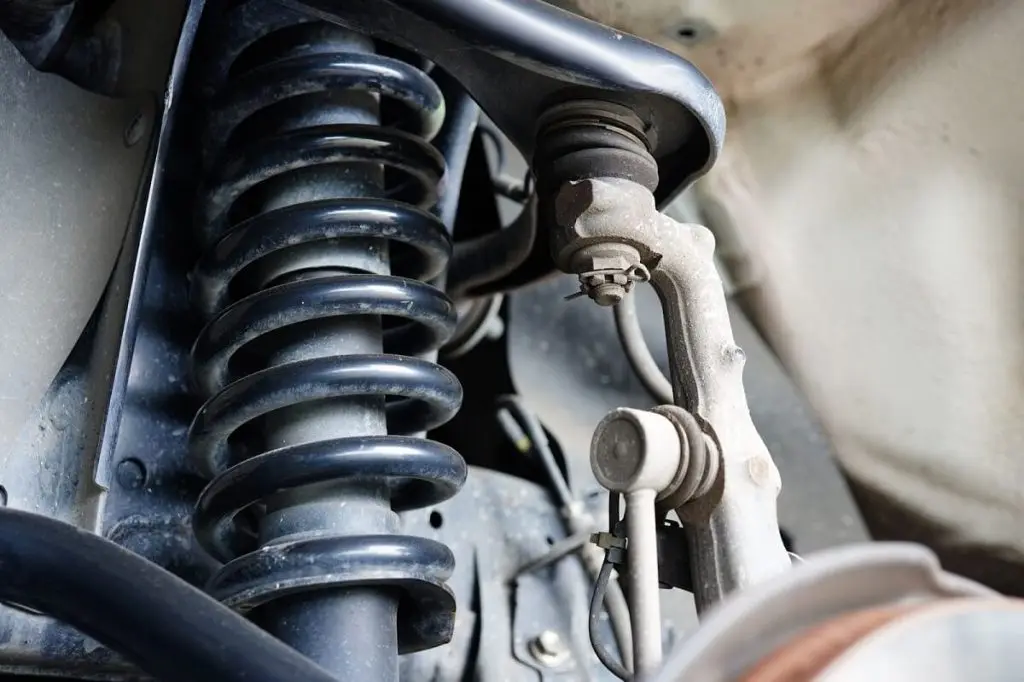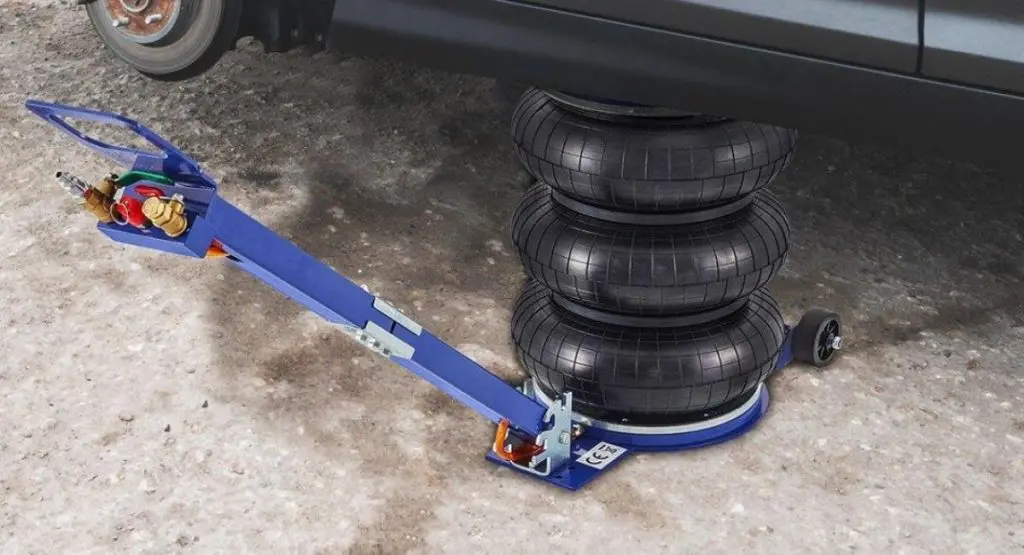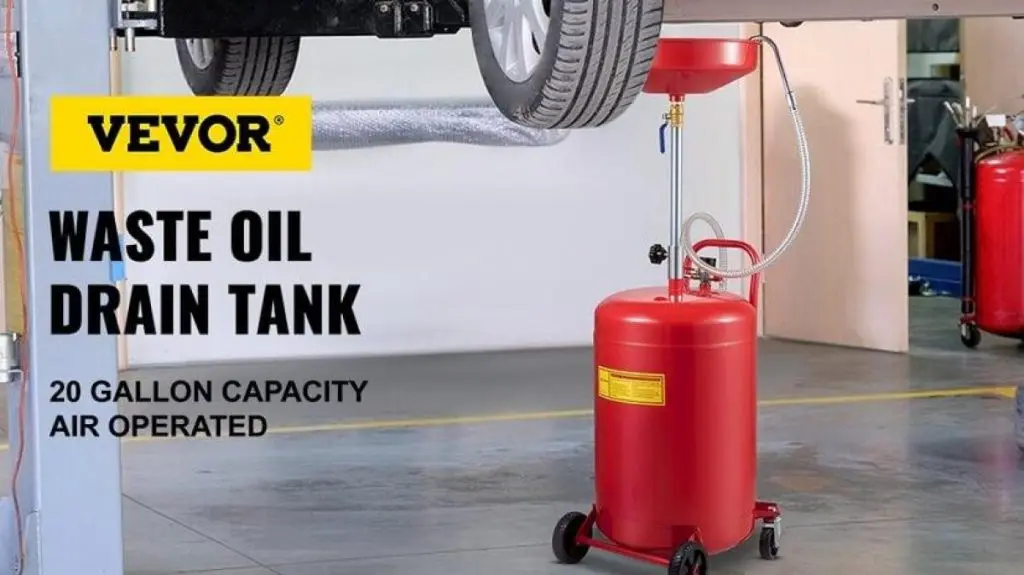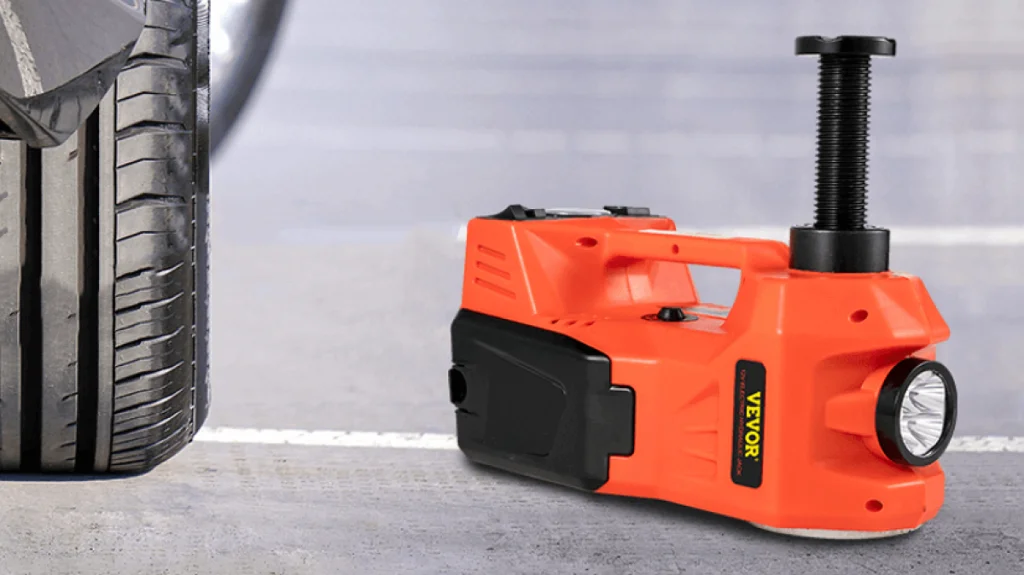Since the early days of horseless carriages, engineers have continually sought to improve the driving experience, from enhancing speed to ensuring safety. The suspension system is a critical component that often goes unnoticed but significantly impacts vehicle comfort and control on the road.
Its purpose is simple yet vital: to absorb shocks from the road surface, ensuring a smoother ride for passengers and protecting the vehicle’s chassis from damage.
As technology evolves, so do these systems. Auto manufacturers are constantly striving to make ride quality even better, leading to the emergence of exciting new trends in car suspension systems.
In this article, we’ll delve into the latest trends shaping the future of a car’s suspension system. From adaptive damping systems to air suspensions and beyond, we’ll explore how these innovations redefine the driving experience, promising smoother rides and improved handling on all road types.
Table of contents
Car suspension system market size
The global car suspension system market has been experiencing steady growth, with a market size estimated at US $134.56 billion in 2024. Market experts forecast that this size will grow at a CAGR rate of 6.15%, reaching US $181.35 billion by 2029.
Several factors driving this growth include increasing vehicle production, rising consumer demand for comfort and safety features, and stringent government regulations on vehicle emissions and fuel efficiency.
Additionally, advancements in technology, such as electronic control systems and lightweight materials, are propelling market expansion by enhancing the performance and efficiency of suspension systems. As automotive companies prioritize inn and respond to changing consumer preferences, the car suspension system market is expected to grow further in the coming years.
Types of car suspension systems
There are different types of suspension systems. Let’s have a look at the various types used in vehicles today.
Independent suspension
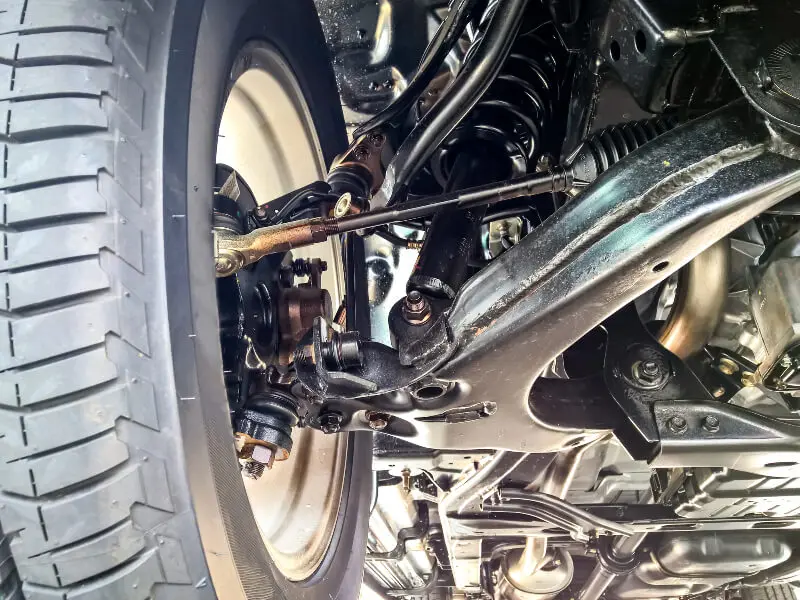
Image source: iStock
As the name suggests, this is a type of suspension system that allows wheels to move independently of each other. This means that each wheel absorbs road shocks and bumps separately, ensuring a smoother ride.
Some benefits of independent suspension systems include better braking, handling, and stability. They can also provide comfortable rides and are commonly found in passenger vehicles.
Dependent suspension
This is the oldest type of suspension system found in vehicles today. Dependent suspension systems have two wheels linked to the axle.
Unlike independent systems where individual wheels absorb road shocks and bumps, any shock or bumps experienced by a wheel are transferred to the other wheel.
This makes the ride less comfortable and stable. However, these systems are more reliable and sturdier than independent suspension systems.
Leaf spring suspension
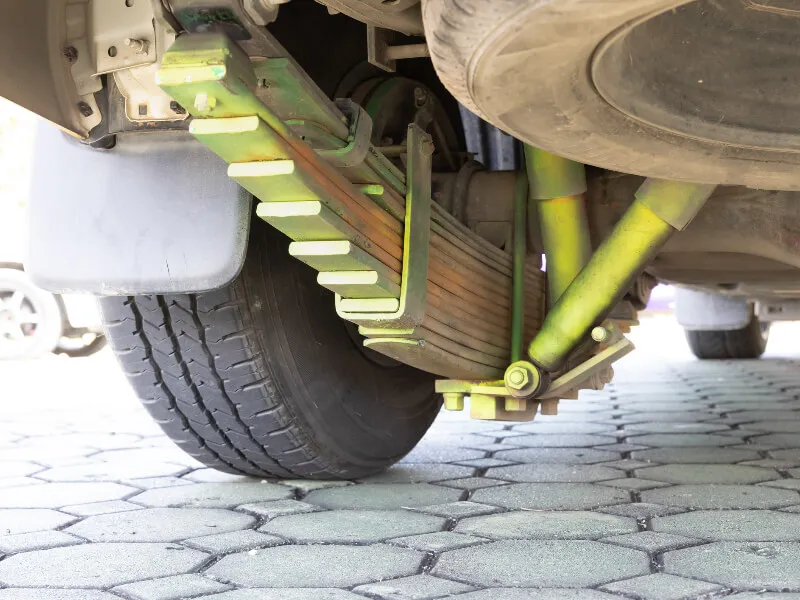
Image source: iStock
A leaf spring is a dependent suspension system mostly utilized in light to medium-duty trucks and trailers. It comprises multiple layers of leaf springs arranged in a stacked formation and affixed to the vehicle’s axle.
Renowned for its robust load-bearing capability and cost-efficiency, this suspension variant does have its drawbacks. Its performance on uneven terrain may yield discomfort for drivers due to its tendency to transmit road irregularities more acutely, particularly on rough surfaces.
Double wishbone suspension
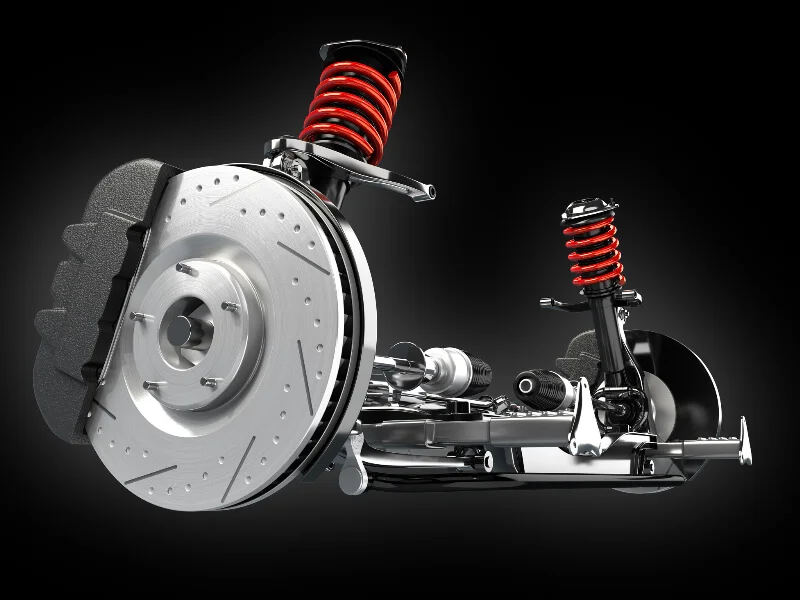
Image source: iStock
This suspension type is commonly found in sports cars and features two wishbones. The wishbones or pivots assist in controlling the motion of the wheels and prevent sideway forces from affecting the tires.
Because of its design, the car can handle sharp turns and corners with more stability and handling because the tires remain parallel to the road.
Multi-link suspension
This is a type of independent suspension system that is popular with SUVs and crossover vehicles. It is characterized by multiple arms connecting the wheels to the car’s body.
These arms are like links in a chain that work together to keep the wheels in the right position as the car is moving. They can stabilize the vehicle and provide comfort, especially on rough terrain.
MacPherson strut suspension
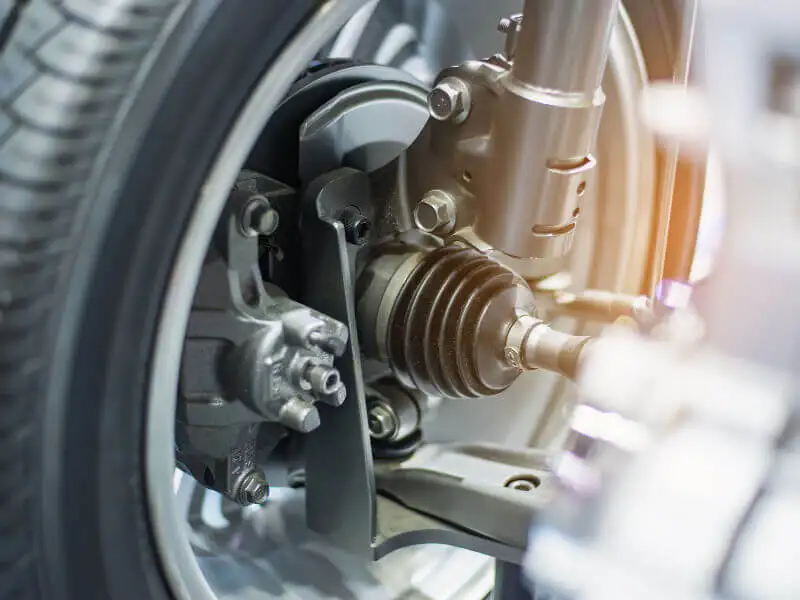
Image source: iStock
The MacPherson strut suspension system, named after its inventor Earle S. MacPherson, is a common front suspension design in modern vehicles. It features a single vertical strut connected to the wheel hub, which is then attached to the vehicle’s body via a pivot bearing.
This design simplifies assembly and reduces weight, making it popular in mass-produced cars, specifically front-wheel drive cars. Some of its benefits include cost-effectiveness, space efficiency, and improved handling.
By dampening shocks and vibrations, the MacPherson strut helps maintain a smooth and stable ride, enhancing comfort and greater control for drivers and passengers alike.
Air suspension
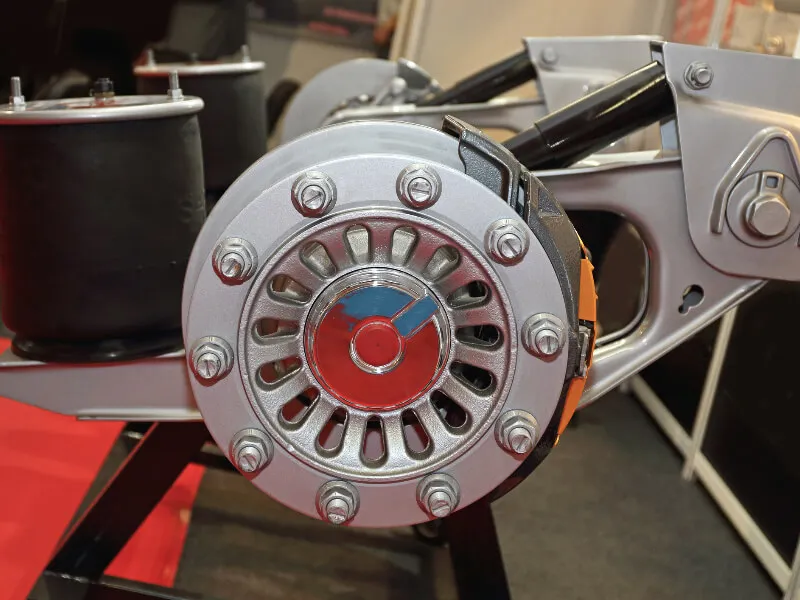
Image source: iStock
Air suspension systems use airbags to support the weight of the vehicle and are commonly utilized in luxury cars, trucks, and buses. This system provides a smooth and comfortable ride as it can be adjusted depending on road conditions or load capacity.
Read more about how to maintain vehicle suspension systems.
Advancements in car suspension systems
Over the years, suspension technology has seen several advancements and upgrades. Recent developments use state-of-the-art materials and technology to deliver the best possible ride and handling. Here are some of the newest advancements seen in car suspension systems.
Use of electromagnetic dampers
Electromagnetic dampers revolutionize suspension technology by dynamically adjusting damping rates through electromagnets. These dampers contain a ferromagnetic fluid whose viscosity changes when subjected to a magnetic field.
Sensors detect road conditions and send signals to the controller, which modulates the electromagnetic field accordingly. This allows for rapid and precise adjustments, optimizing vehicle stability, comfort, and handling.
Unlike traditional dampers, electromagnetic systems offer instantaneous responses to varying road surfaces, enhancing ride quality and performance. Their adaptability and responsiveness make them a prominent trend in suspension technology, offering unparalleled control and comfort for vehicles across diverse driving conditions.
Use of active suspension systems
Active suspension systems represent a notable trend in automotive technology, employing sensors and actuators to dynamically adapt suspension settings in response to varying road conditions and driving dynamics.
These systems enhance ride comfort, handling precision, and vehicle stability by continuously adjusting parameters such as damping rates and ride height.
Compared to conventional passive setups, active suspension systems offer superior ride quality and responsiveness, catering to the demands of modern drivers who seek optimal performance and comfort in diverse driving environments.
Use of carbon fiber components
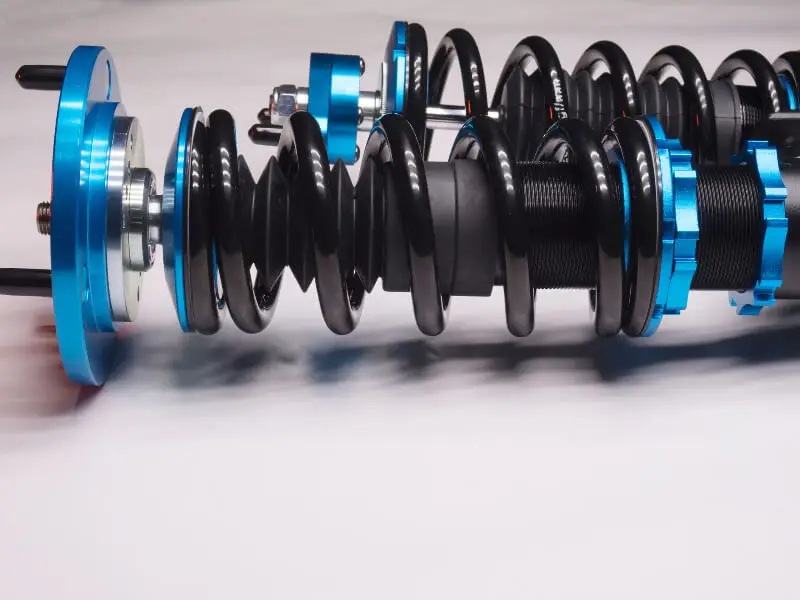
Image source: iStock
Incorporating carbon fiber components into a vehicle’s suspension system is another trend that represents a significant innovation in automotive engineering. Carbon fiber, renowned for its lightweight yet robust properties, has become increasingly prevalent in the construction of suspension parts such as coil springs and control arms.
This shift toward carbon fiber offers several notable advantages. Firstly, the lightweight nature of carbon fiber aids in reducing the overall weight of the suspension system, enhancing the vehicle’s handling dynamics and performance capabilities.
Additionally, the strength of carbon fiber ensures durability and longevity, contributing to the longevity of the suspension system and the vehicle as a whole. Moreover, the integration of carbon fiber components aligns with the pursuit of the auto industry to improve fuel efficiency, as the reduced weight helps minimize energy consumption.
Air suspension systems
Air suspension systems are gaining traction, especially in high-end cars. Instead of regular springs made of steel, they use air springs, which make the ride smoother and give better control over how bouncy the car feels.
It comprises a compressor pump, which is the system’s main component, and is either engine or electrically driven for compressing air. Other components include an air intake filter, pressure relief, and check valves, which prevent debris from damaging internal components, over-pressurization, and ensuring the airbags remain inflated.
Consumers can therefore change the air suspension settings to raise the car for driving offroad or lower it for better handling when driving on the track. This is done by pushing a button to provide more ground clearance or stance depending on the driver’s preferences.
Learn about how to know when to replace our car’s suspension.
Predictive suspension systems

Image source: iStock
Another technological advancement is predictive suspension systems, which utilize artificial intelligence and computer algorithms. The systems analyze data from various sources, including sensors, cameras, and GPS, to anticipate road conditions and tweak suspension settings accordingly.
Predictive suspension systems can also learn the driver’s different driving habits and make real-time adjustments, providing a personalized driving experience based on the driver’s driving preferences.
Conclusion
Car suspension technology has evolved in recent years, with new developments in predictive suspension systems, active suspension systems, carbon fiber components, electromagnetic dampers, and air suspension systems.
These advancements enable automakers to enhance ride quality, comfort, and handling to improve efficiency and vehicle performance.
With technology advancing, consumers expect to see even more exciting developments in car suspension systems in the coming years. Browse a wide range of car suspension systems from Alibaba.com.

